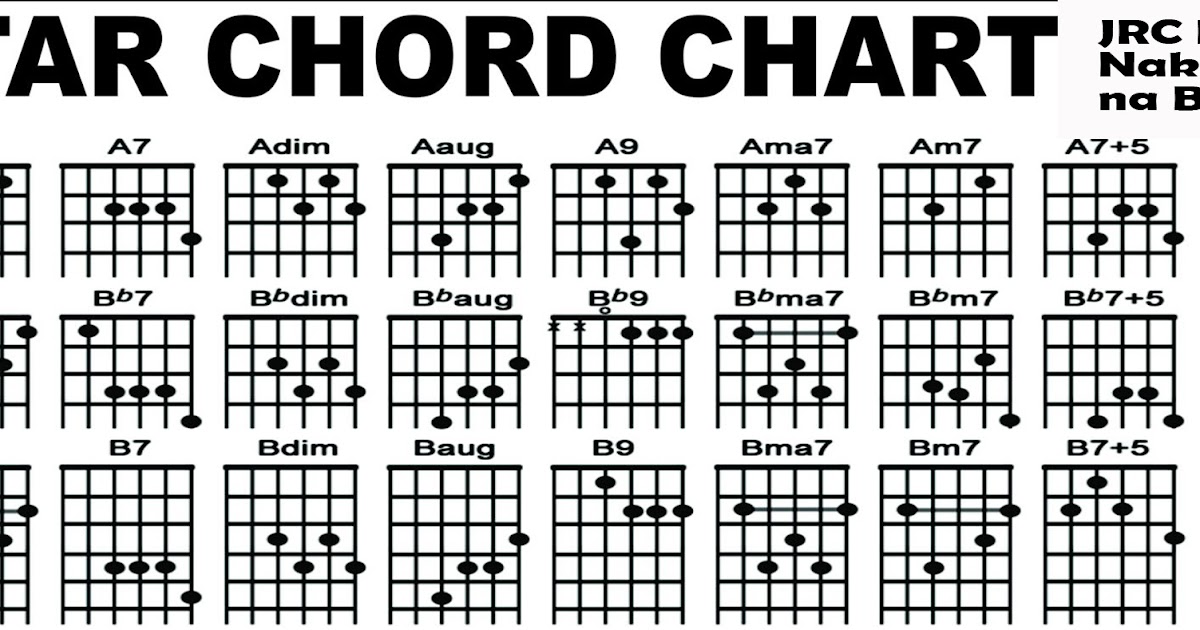
The index finger makes the bar in the majority of bar chords.In some barre chords, the bar covers fewer strings. In the chord above, finger 1 (the index finger) stretches across all six strings.The curved line on the chord diagram represents the bar.They’ll soon become second nature! Bar Chord Diagram Notes When played at the third fret (as indicated by the number at the side of the chord box), the chord above produces a G chord, as shown below: G Bar Chordĭon’t worry if you’re having problems playing this chord most guitarists find playing bar chords “challenging” at first! Further down the page you’ll find a guide to playing bar chords. This shape is one of the most commonly-used bar chords. Example Bar Chord Diagram And Photoīelow is a G major bar chord shape. In doing so, the finger makes a “bar” across the fretboard.īar chords are also known as barre chords the two terms are interchangeable. Guitar bar chords are chords in which one finger (usually the index finger) of the fretting hand holds down notes on more than one string at the same time.
All chords guitar chart download#

Press your finger down with the correct pressure Muted and buzzing strings aren't only caused by pressing down too lightly the angle of your fingers, if too flat, will kill your sound. Good news? They get tough pretty quickly though when you practice daily.Ĭurving your fingers around will help you avoid touching the strings below, which stops them from ringing out. To get chord notes to ring out clearly, pressing down on the string with your fingertip allows you to apply the most amount of pressure.įair warning: your fingers will be very sore at first. Press the string with the tips (pad) of your fingers It takes time to build proper muscle memory. Your thumb will fight you at first and want to move to the left or drop down. Your thumb acts like an anchor by helping to control your chord changes and keeping your fingers in the correct position.

It makes it hard to grip and change between the chords easily.Īn added bonus to gripping your thumb around the neck is you can also mute the low E string with it on chords that don't use string 6 (A's, C's, D's, for example). Placing your thumb low down at the back of the neck when playing open chords is outdated advice.

The first thing to try if your chord changes feel slow and messy is to adjust your thumb position. Lightly wrap your thumb around the guitar neck
All chords guitar chart how to#
Notes buzzing or muting on the chords? Follow these top tips to learn how to play chords cleanly, smooth, and fast. How to play guitar chords properly: Top 7 Tips


 0 kommentar(er)
0 kommentar(er)
